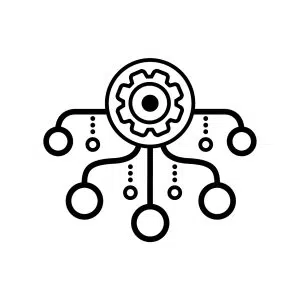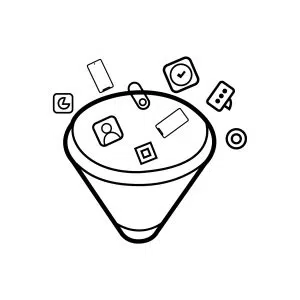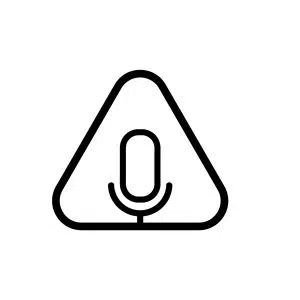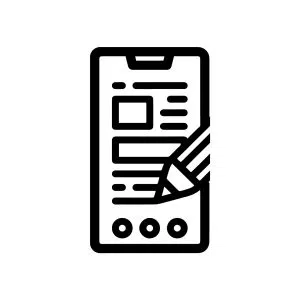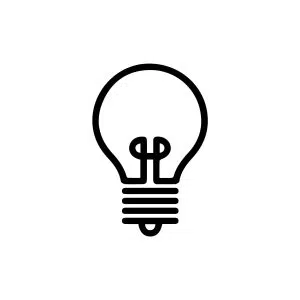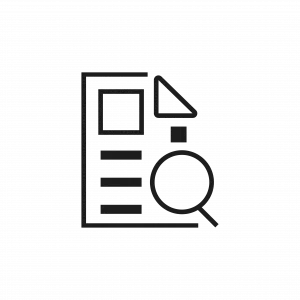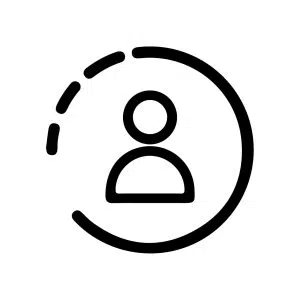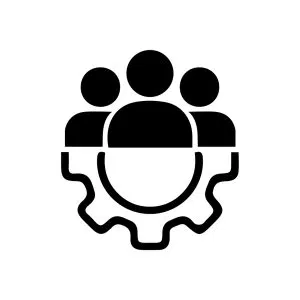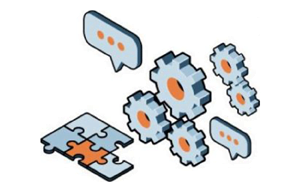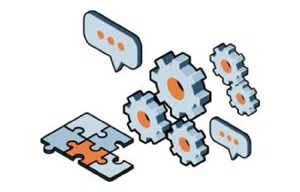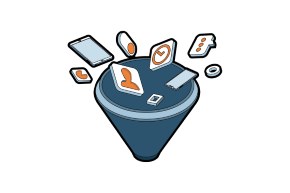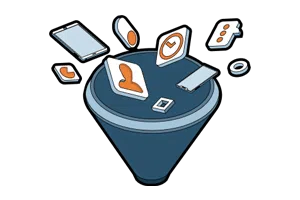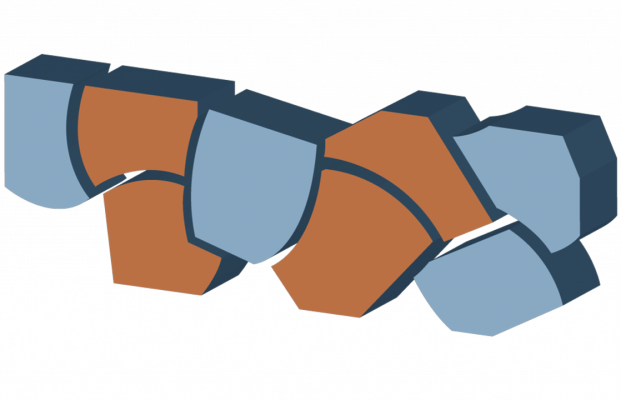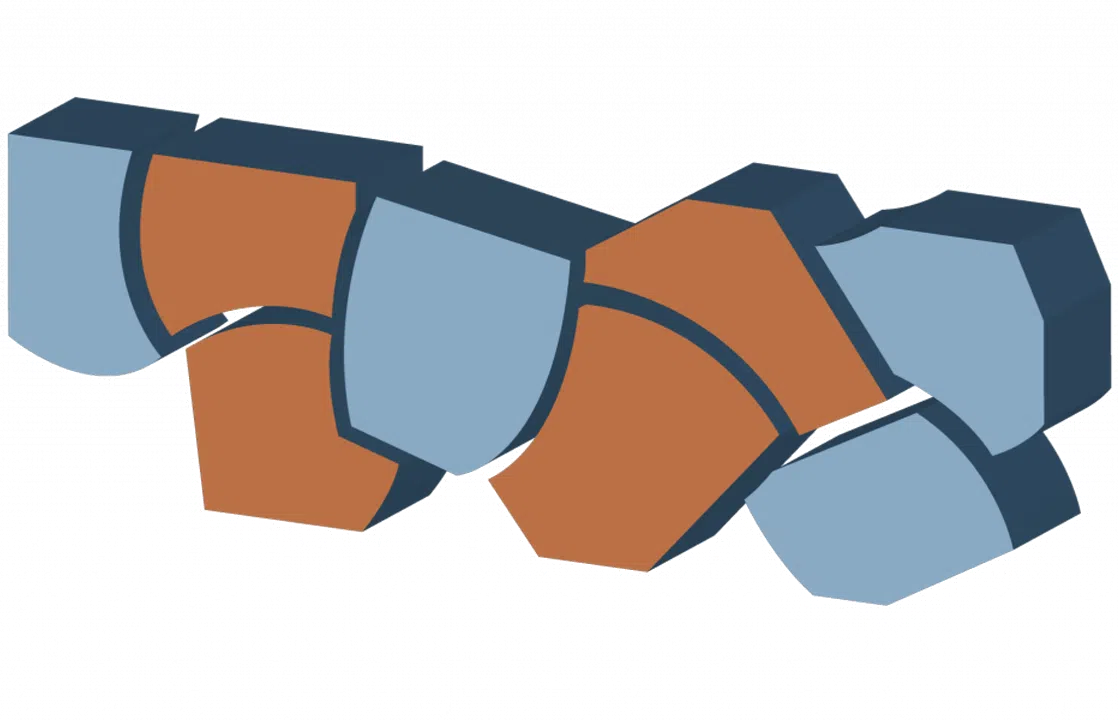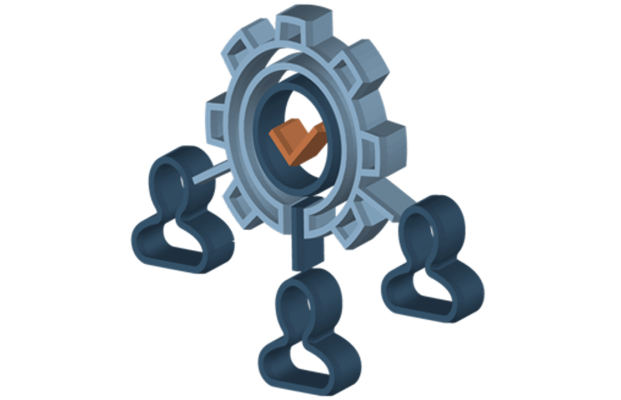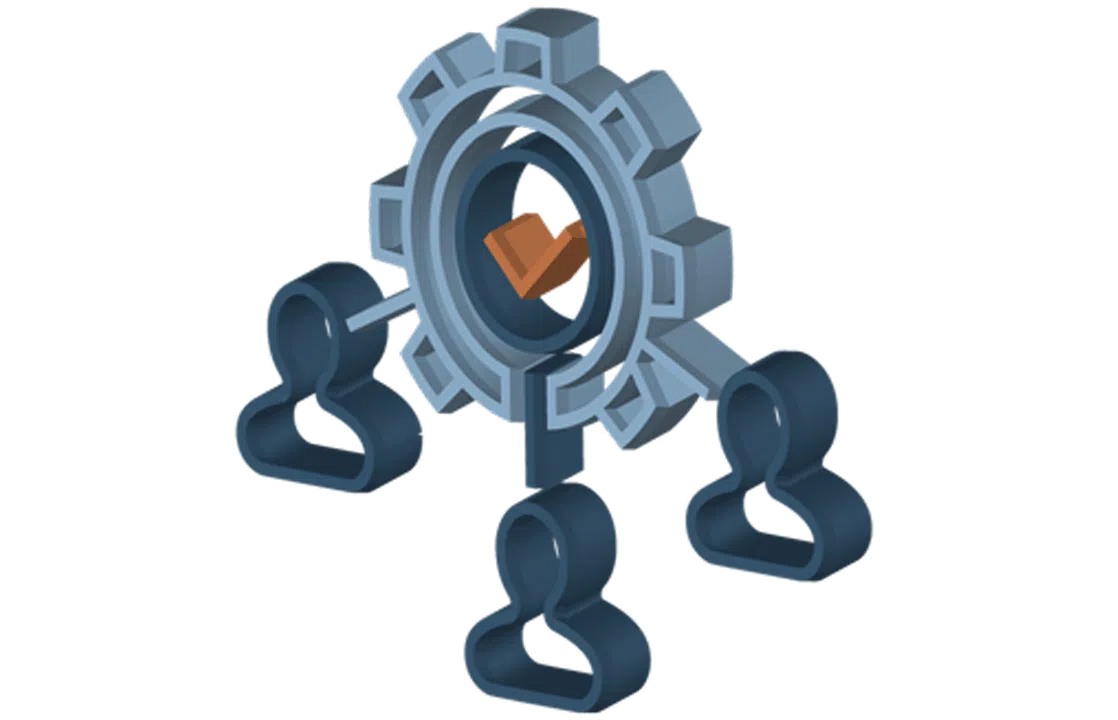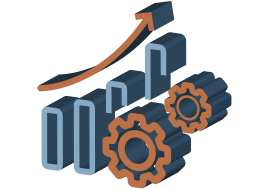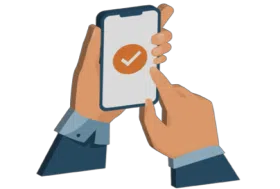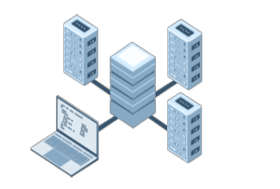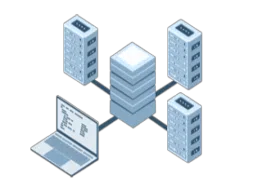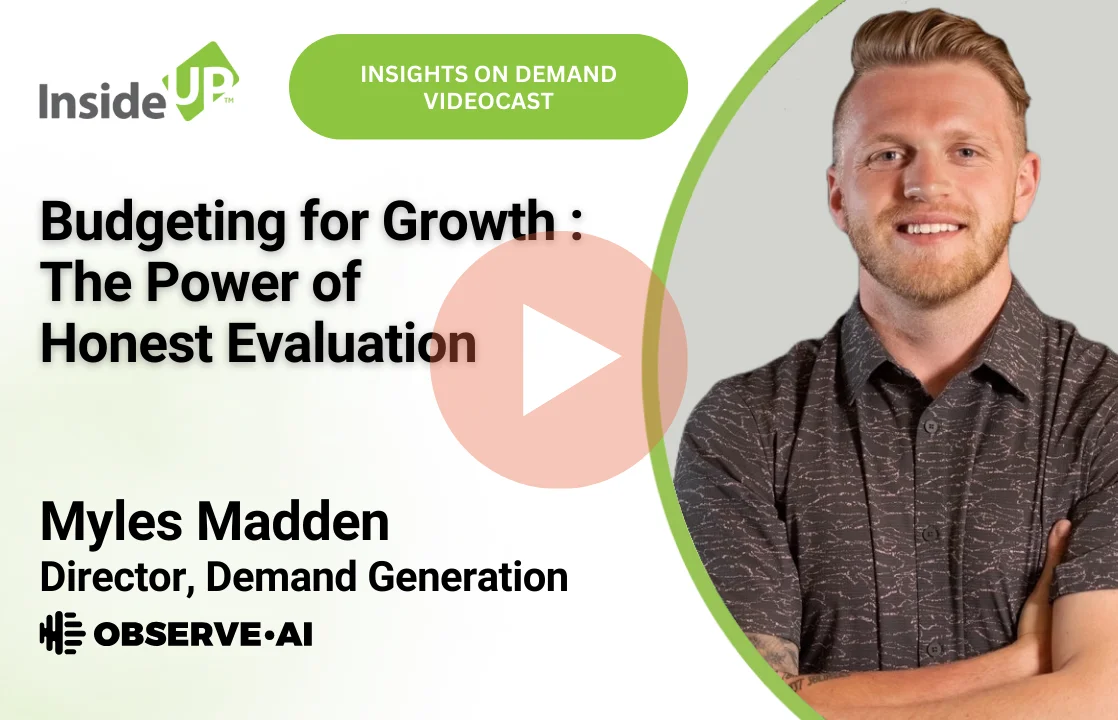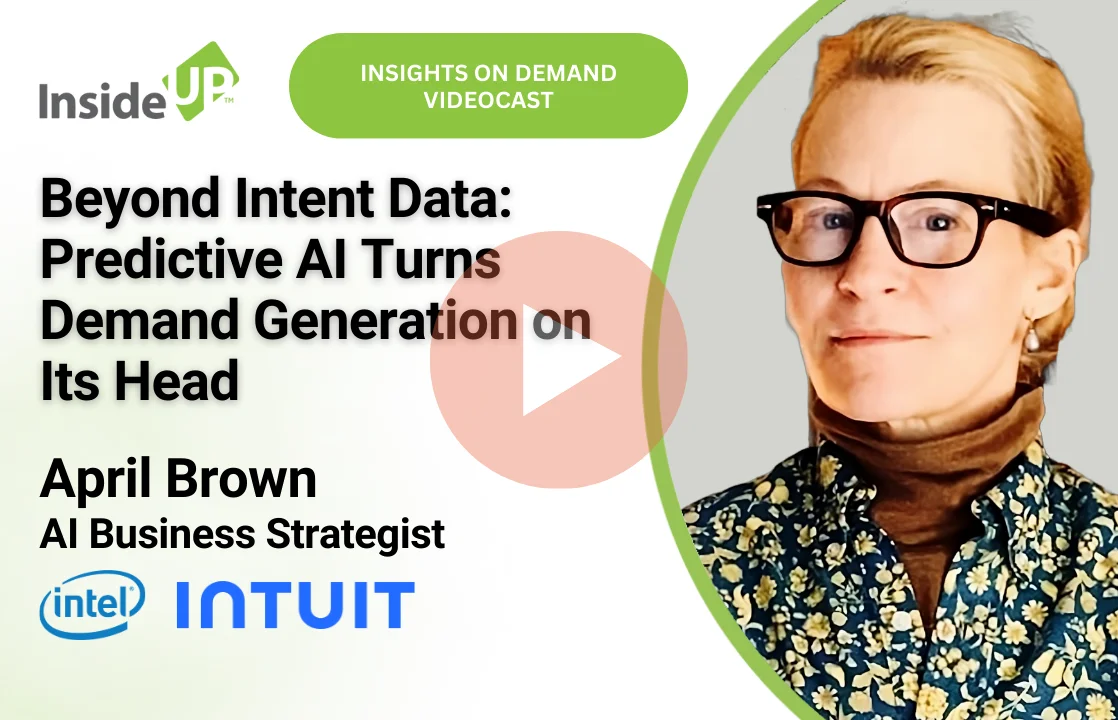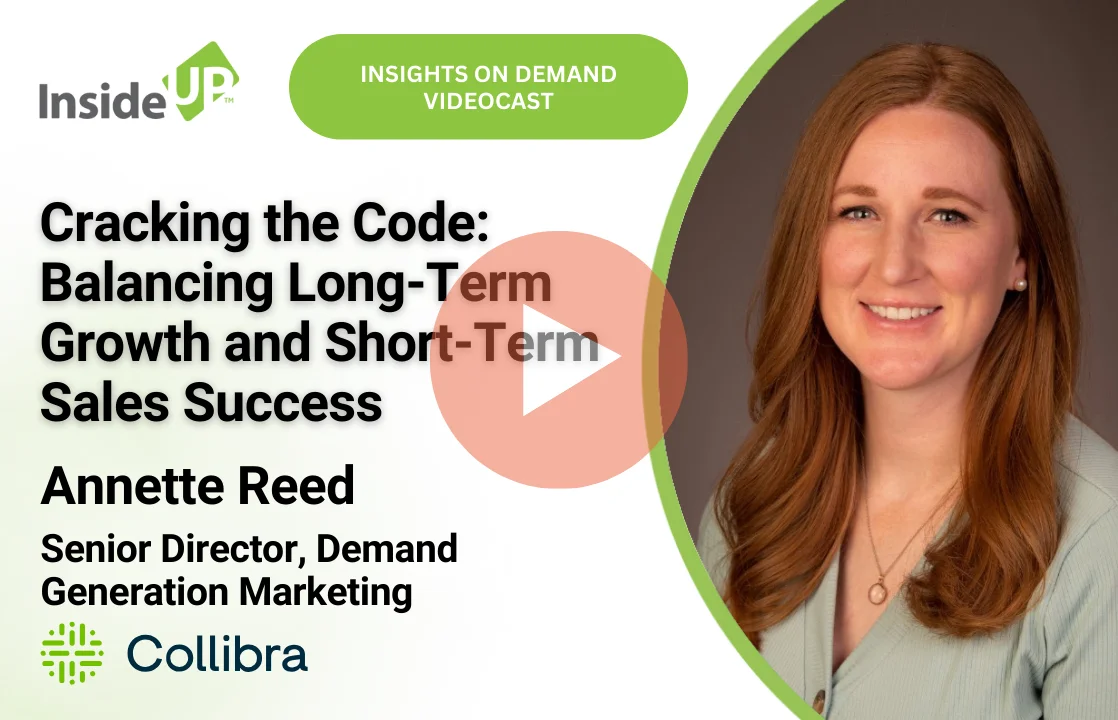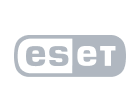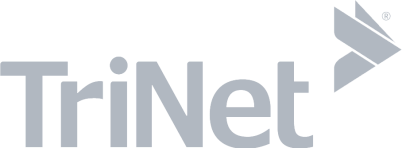
This is the second in a series of articles based on interviews with IT executives conducted as part of a study that looks at the evaluation and acquisition of cloud-based technologies in today’s market. We have been examining formal and informal buying processes with a specific focus on how often purchases are “fast tracked” in mid-sized companies (100-1000 employees). This article focuses on the influence channel partners (such as resellers/VARs) exert on technology buyers’ short list of vendors.
There are similarities, and some interesting differences, in how IT executives (I recently interviewed the CIO of a third-party logistics supplier, an IT Director at a law firm, and SVPs of IT for three manufacturing companies) make decisions at mid-size companies (100-1000 employees) when compared to larger enterprises (1000+ employees).
First off, the buyer journey is broadly similar in demand generation marketing. Enterprises of all sizes tend to follow the same series of steps in a very logical process. For example, the initial stage of problem identification pursued by a mid-size company mirrors a similar stage identified at larger firms. A member of the firm’s C suite becomes aware of a potential opportunity or potential problem and presses IT to initiate a research project. A “buying” committee is formed, and research begun.
Problem Identification Stage
Ransomware protection and storage rationalization were the two most common examples of technology purchases that I came across in my recent discussions. In both cases, members of the IT organization, assigned responsibility for the initiative, began to explore the marketplace for relevant content. Industry publications and vendor websites were a couple of the most utilized resources. It is at this critical stage that a list of vendors (to be further evaluated) is developed. As to which vendors should be included in an evaluation as part of the demand generation strategies, my interviews exposed the influence exerted by channel partners that have already established a business relationship with these IT buyers. Commonly, those channel partners exerting an influence would be the ones able to resell (and implement) one or more of the vendor names added to the short list.
It is, during the timespan of this research project, when outbound campaigns from vendors most likely received a response. Channels that got the most attention from IT executives were telephone, email and display advertising that offered educational content such as white papers, webinars and case studies.
Other Stages of the Buyer Journey
The rest of the buyer journey seems to follow a standard process:
- Problem identification
- Solution exploration
- Requirements building
- Supplier selection
- Validation
- Consensus Creation
Channel Partners: Opportunities and Conflicts
Many mid-size companies tend to acquire technology primarily through a trusted channel partner. While the IT executives I interviewed were always interested in understanding what leading analyst firms had to say about technology solutions they were considering, they tended to rely more on the judgement of channel partners in b2b demand generation (up to a maximum of three). Frequently, mid-size companies prefer to deal directly with a single technology provider in a specific solution area if that channel partner represents multiple vendors. This becomes a challenge if a partner is not perceived as a trusted advisor (e.g., when the channel partner has been referred to the prospect by a vendor). For example, buyers are aware that just because an existing channel partner may have achieved a trusted advisor relationship with them for commodity technology solutions (in which the buyer normally “knows what they want”), their motivations may be suspect when they represent multiple vendors that are all seeking a new customer acquisition.
Timing is Critical
Once the vendor evaluation list has been established and the supplier selection stage completed, it is rare for a new vendor name to be inserted into the process. The time span of the first four stages in this buyer journey is typically 30-60 days. Once the buying committee had set its list and selected a vendor, outbound campaigns from other vendors were ignored. Not surprisingly, those vendors that were either slow to respond to information requests, lacked robust content, or exhibited a weak reputation were quickly eliminated from further consideration.
Once the evaluation process was completed, I encountered a consistent theme of Proof-of-Concept pilots to test out the preferred solution. A critical prerequisite to reach that final hurdle and conduct a pilot in demand lead generation was for the vendor to provide a demo that focused on the buyer’s specific use case.
Vendor Shout-Out
As I close out each interview with an IT executive, I ask them to give me an example of a vendor that did a great job in b2b demand generation marketing and selling to their company. One technology vendor received more than three mentions for the quality of their sales & marketing engagement by this particular group of IT executives. This week’s vendor shout-out goes to Pure Storage. Congratulations to the sales & marketing team at Pure Storage.
InsideUp, a leading demand generation agency, has over a decade of experience assisting technology clients, that target mid-market and enterprise businesses, by meeting and exceeding their key marketing campaign metrics. Our clients augment their in-house demand generation campaigns (including ABM) by partnering with us to build large sales pipelines. Please contact us to learn more.


